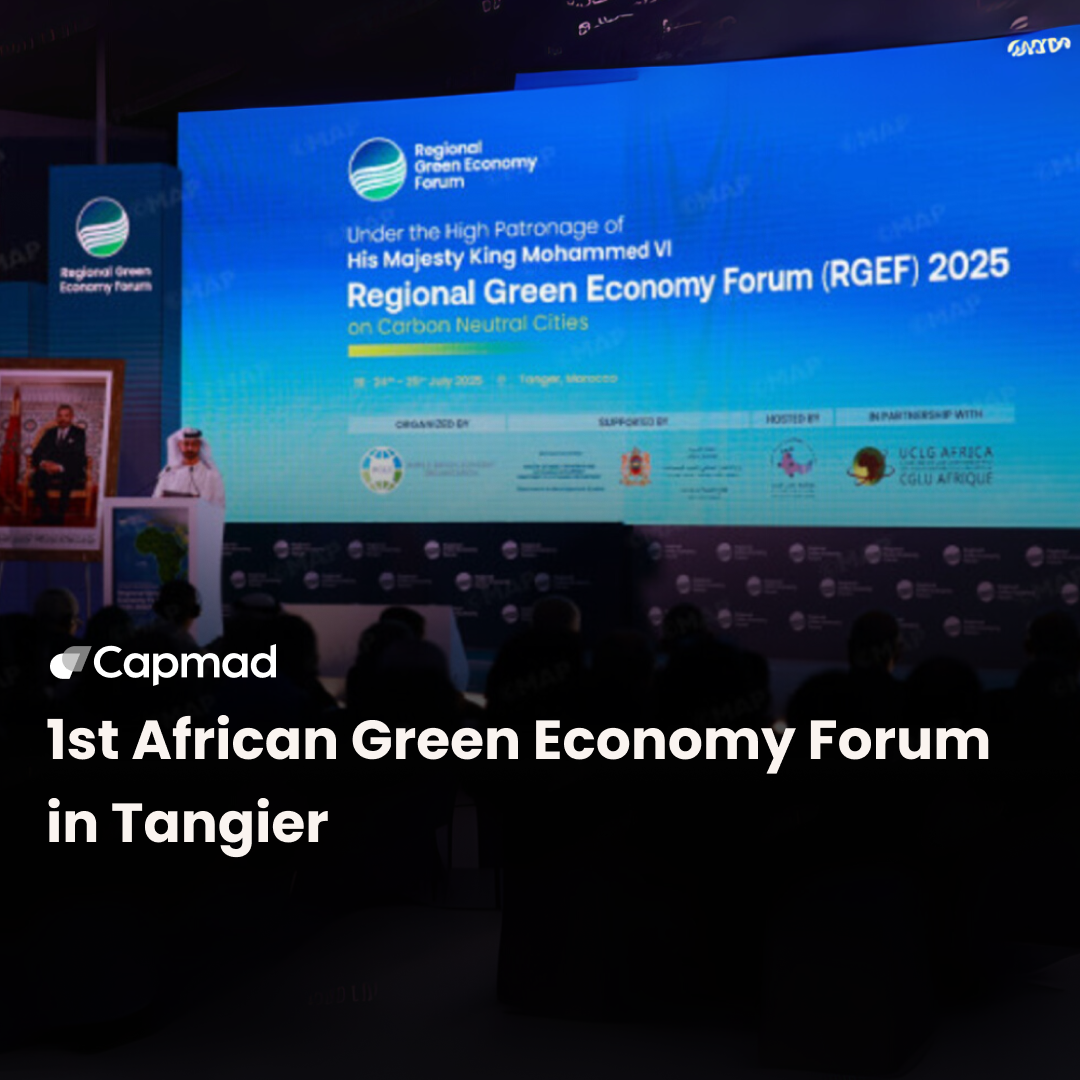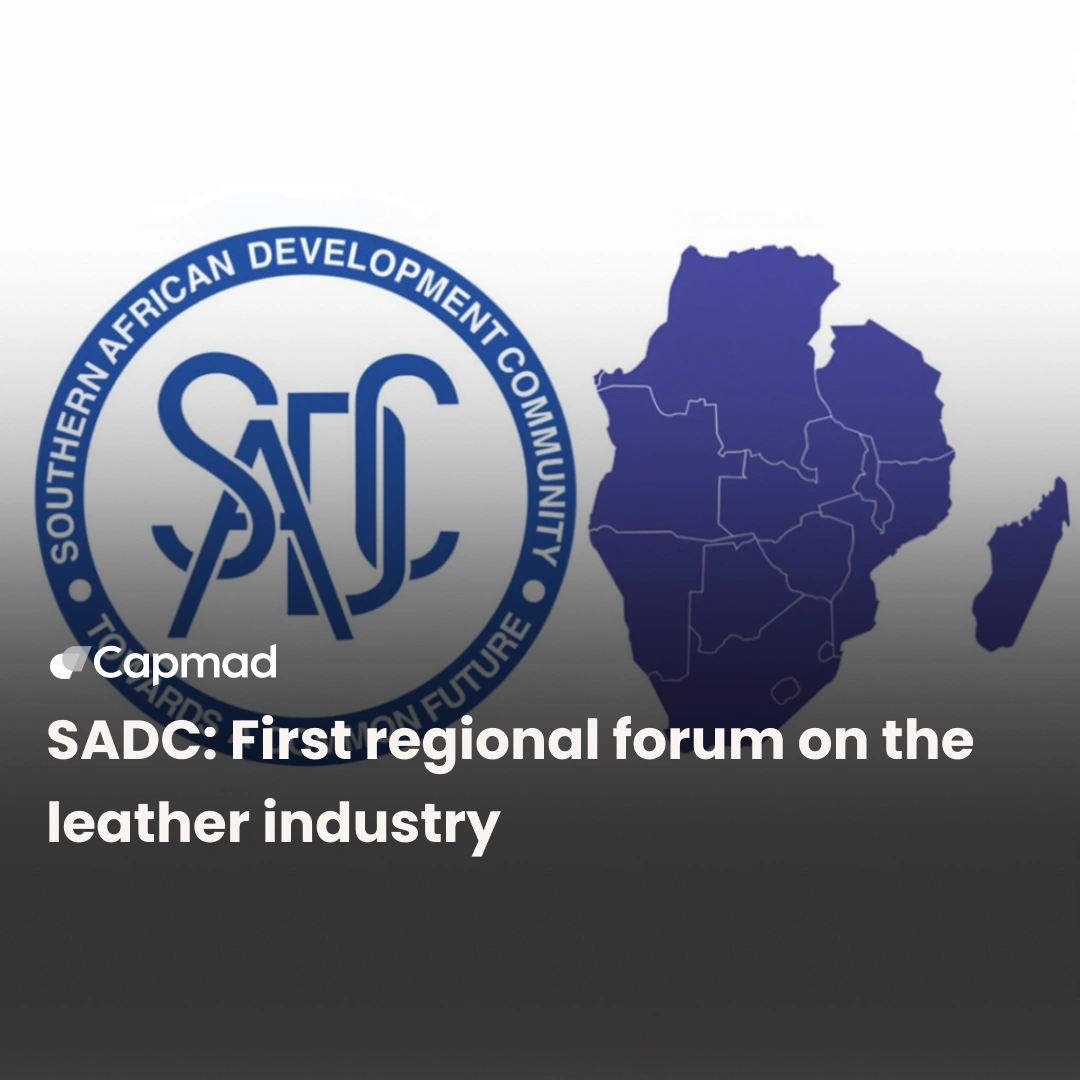Morocco is undergoing a major transformation of its airport infrastructure with a colossal investment of 38 billion dirhams (approximately 3.6 billion euros) planned for the 2025-2030 period as part of the strategic “Airports 2030” plan. This initiative is part of an ambitious vision to modernize and expand the country’s airports to support tourism and economic development, and to host the 2030 FIFA World Cup co-organized by Morocco.
A Massive Investment for Modernization and Expansion
The strategic agreement between the Moroccan government and the National Airports Authority (ONDA) aims to increase the country’s air passenger capacity from 34 million to 80 million per year by 2030. Of the 38 billion dirhams allocated, 25 billion will be dedicated to strengthening the capacity of four key airports — Marrakech, Agadir, Tangier, and Fez — as well as building a new hub-type terminal and a new runway at Mohammed V Airport in Casablanca, Morocco’s main international hub.
The remaining 13 billion will be used for maintenance, modernization of existing infrastructure, and land acquisition to support the network’s long-term sustainability.
Goals and Impact on Tourism
Airport development is part of a clear strategy to make Morocco a regional hub in Africa for tourists and business travelers. Approximately 70% of international visitors currently arrive by air, making airports the essential gateway to Moroccan tourism, which contributes to 7% of GDP and generates around 2 million direct and indirect jobs.
This modernization aims not only to anticipate traffic growth linked to major events like the 2030 World Cup but also to support sustainable tourism growth beyond this event. Tourism Minister Fatim-Zahra Ammor highlights the importance of these infrastructure improvements in maintaining Morocco’s status as a top tourist destination.
An Innovative Financing Approach
The financing of this ambitious plan is based on a novel mechanism that does not rely on traditional state guarantees. It notably uses the securitization of airport fees paid by ONDA, enabling the raising of funds on financial markets while strengthening ONDA’s financial capabilities. This strategy is designed to ensure financial autonomy and the sustainability of airport infrastructure development in Morocco.
Toward Operational Excellence and Agile Organization
Alongside the financial investment, ONDA is undertaking internal reforms to improve service quality, enhance the competitiveness of Morocco’s air transport, and develop the expertise of its teams. The goal is to have an agile and responsive organization capable of meeting technological, logistical, and environmental challenges in preparation for the future of Moroccan airports by 2030.
Conclusion
By investing in modern infrastructure and innovative management, Morocco is positioning itself to welcome a growing number of visitors, strengthen its role in regional air trade, and support its ambition to be a major player in tourism development in Africa and worldwide.






